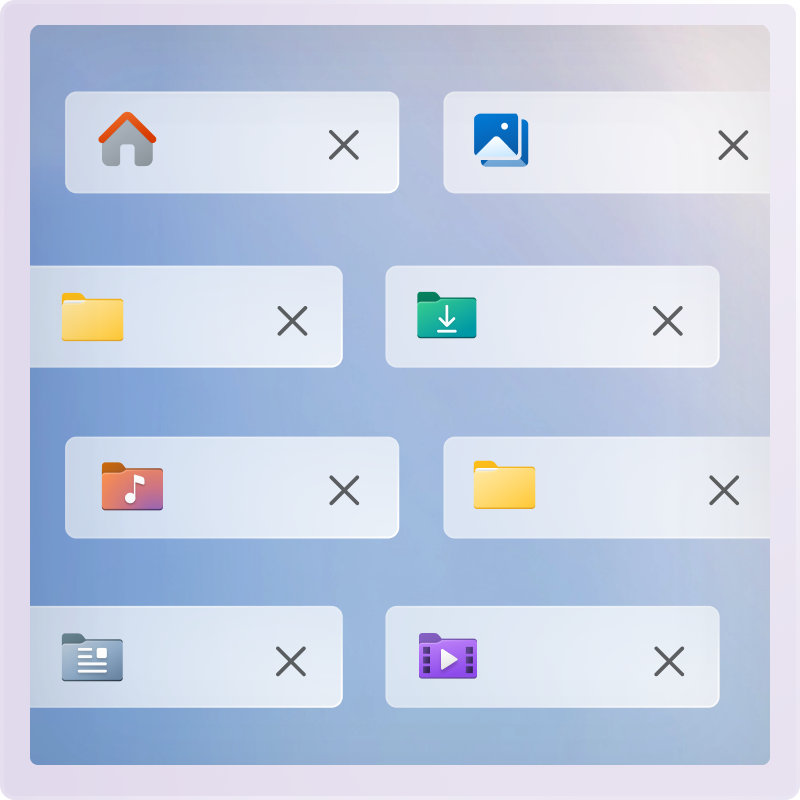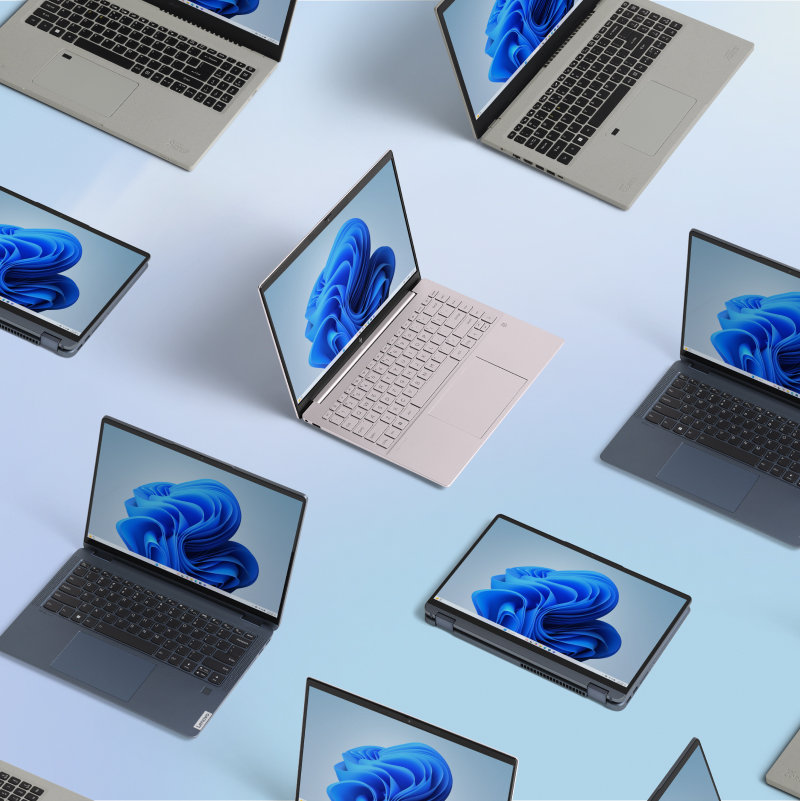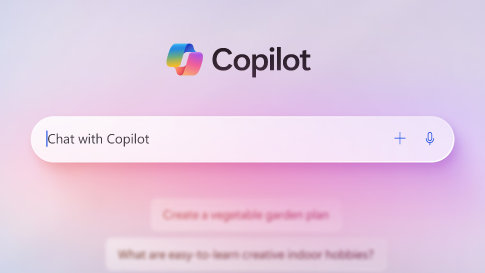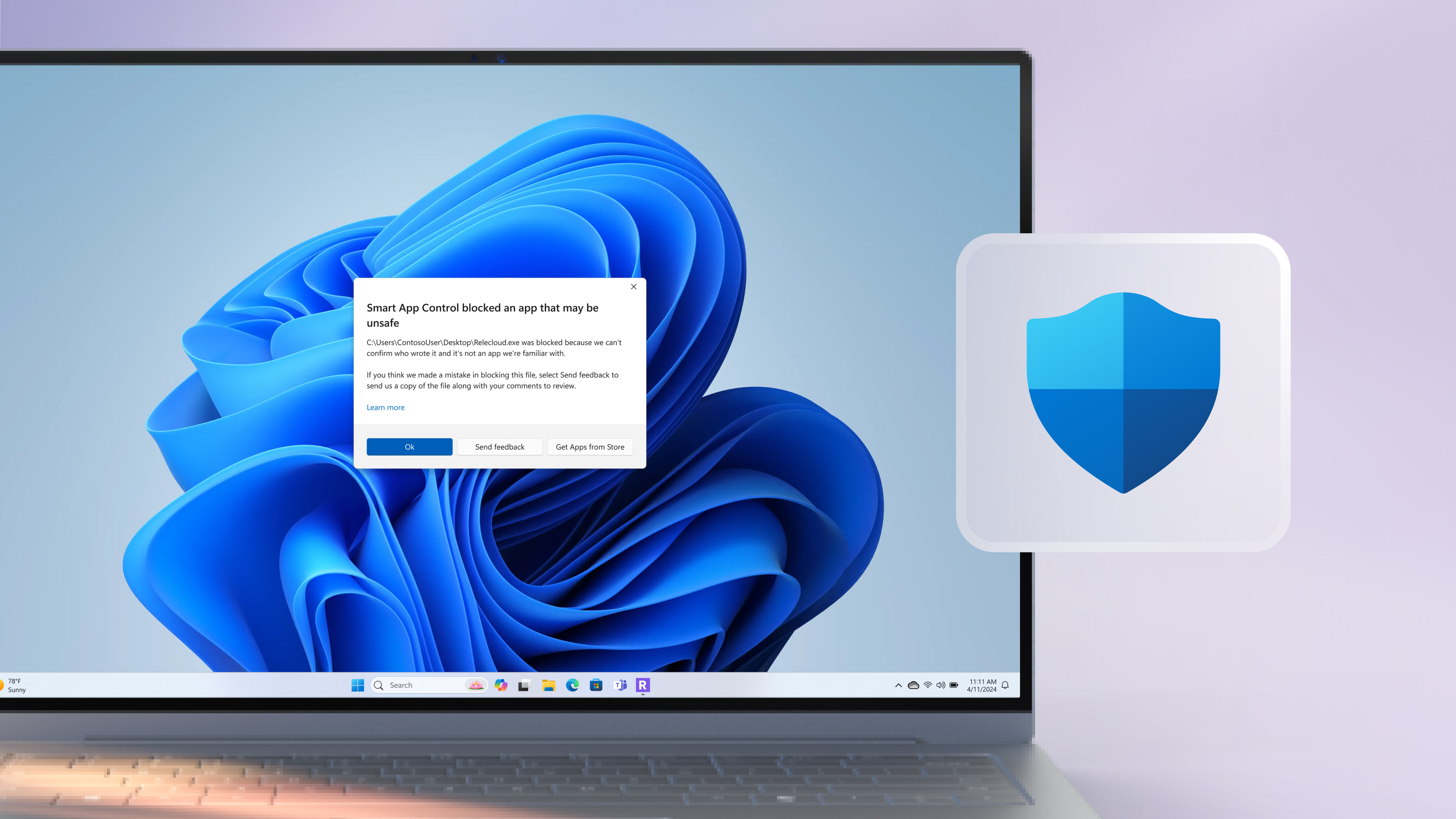Windows 11 launched in October 2021 with hardware requirements that locked out millions of working PCs. Four years later, it's finally overtaken Windows 10's market share - not because people love it, but because Windows 10 support ends in two months and everyone's panicking about security updates.
I've watched our entire IT department spend the last six months trying to figure out which of our 2018 Dell Optiplexes can actually upgrade. Spoiler: about half can't, despite being perfectly good computers that run everything else fine.
The main differences? Microsoft moved the Start button to the center, killed Live Tiles, and shoved AI everywhere through Copilot. Whether that's an improvement depends on how much you enjoyed Live Tiles (spoiler: nobody did) and how you feel about Microsoft reading your documents to offer "helpful" suggestions.
The Hardware Requirements Shitstorm
Here's where things get fun. Microsoft decided your perfectly good 2019 laptop can't run Windows 11 because it lacks TPM 2.0 or has the "wrong" CPU. The official reason is security. The cynical reason is forcing PC upgrades. Take your pick.
The PC Health Check app will probably tell you your 3-year-old machine is "not compatible." I've seen this thing reject i7-7700K gaming rigs that cost $2000 three years ago, while approving some shitty Celeron laptop from Best Buy. The logic makes no fucking sense.
This has pissed off enough people that Microsoft quietly loosened some requirements in December 2024, but don't count on it helping your specific setup. Our office spent $3000 upgrading RAM on machines that still failed because of the CPU whitelist.
Current version is 24H2 (build 26100.5074). Microsoft just dropped KB5064081 yesterday with more Copilot integration because apparently we didn't have enough AI in our Start menus.
Why Businesses Are Finally Switching
Corporate adoption hit around 50% by mid-2025, but not because IT departments love Windows 11. They're switching because Windows 10 support ends in two months and nobody wants to be the person who didn't migrate before security updates stopped.
I know three companies that are panic-buying new hardware right now because they procrastinated the migration. One of them is spending $400k on new PCs because their 2017 fleet can't upgrade. Another is paying Microsoft for extended Windows 10 support because their budget approval got fucked up.
Enterprise customers get better versions (Pro, Enterprise, IoT LTSC) that let you actually control the OS instead of having Microsoft decide what features you need. The IoT LTSC version gets 10 years of support, which tells you everything about how much Microsoft believes in their annual feature update bullshit.






